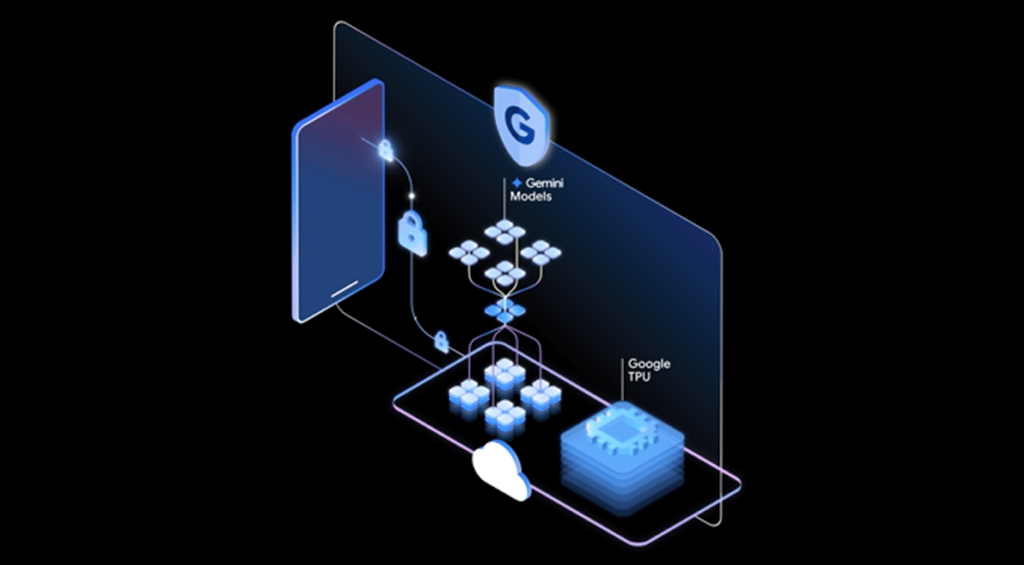Data modeling is the process of creating a visual representation of databases and information systems to help users understand the data they contain, the relationships between them, and how they can be organized. Effective data models help navigate data’s shared connections and make it easier to design optimized databases.
A key facet of data management, data models contribute to a business’s data governance programs and data quality processes by maintaining consistency in naming conventions, semantics, and security, and by helping users to identify and fix errors. Here’s what you need to know about data models.
How Data Modeling Works
Data modeling is the process of visualizing the relationships among—and the locations of—various data points. A data modeler is usually a database administrator or data architect that works with the data. Essentially, the process involves four steps:
- Gathering requirements and details on business processes to develop a framework that aligns with business goals
- Identifying entities in the dataset and their key properties, and creating a draft model that illustrates their relationships
- Identifying related attributes and mapping them to the entities, which allows the model to reflect the business use of the data
- Finalizing the data model and validating its accuracy with test queries
Depending on the type of data model—conceptual, logical, or physical—the diagram you create can include varying degrees of simplicity, detail, and abstraction. Data models are not static documents—they’re meant to be updated and revised as data assets and business needs change.
What Are The Features of Data Modeling?
All data modeling approaches share some key functionalities and capabilities—here’s what you should expect.
Data Entities and Their Attributes
Entities are abstractions of real pieces of data. For example, in a customer relationship management (CRM) system, “customer” is an entity that represents the individuals in the database. Attributes are the properties that characterize those entities—for example, date of birth or acquisition source. Attributes can be used to find similarities and make connections across entities. These connections are known as relationships.
Unified Modeling Language (UML)
UML is the building blocks and best practices for data modeling. It’s a standard modeling language that helps data professionals visualize and construct appropriate model structures for their data needs. UML diagrams make it easier for technical and non-technical users to understand the structure of a model.
Normalization Through Unique Keys
When building out relationships within a large dataset, several units of data need to be repeated to illustrate all necessary relationships. Normalization is the technique that eliminates repetition by assigning unique keys or numerical values to different groups of data entities. These unique keys are also known as primary keys. An example of this in a CRM is a customer ID number, which can be used to link an individual record across multiple tables or databases without having to create duplicate records in each instance.
Read Data Modeling vs. Data Architecture to learn the key differences between these two powerful components of enterprise data use.
5 Benefits of Data Modeling
As part of a larger data management effort, data modeling offers several distinct benefits to enterprises.
Data Quality
Data modeling can help you clean, organize, and structure data before it is analyzed. This makes it possible to identify duplicates in data, discover missing data, and set up monitoring to ensure its long-term quality. The end result is a database less prone to errors.
Efficiency
Despite being an added step that may need to be repeated multiple times throughout a project’s development process, modeling a database before work begins sets up the scope and expectations for the project. This in turn reduces development and maintenance costs by ensuring you don’t end up spending more time and resources on a step than is necessary and justified by the data itself.
Collaboration
The early stages of a project’s development can be too abstract for individuals with little to no technical experience to fully understand. Data modeling creates a visual representation of how data will flow through a system, which helps non-technical stakeholders better grasp what is happening with the data and provide feedback. The visual nature of data modeling—especially conceptual data modeling— allows for more collaboration and discussions among shareholders and nontechnical departments such as marketing and customer experience.
Compliance
As the number of privacy and security regulations that impact data continue to grow, it is essential to include privacy and security requirements from the earliest stages of a system’s development. Data modeling facilitates a deep understanding of the data structure, which enables developers to identify and include the necessary components for compliance into the database’s infrastructure. This ensures that data privacy and security compliance will be continually monitored as part of your data governance activities.
Documentation
Documentation is needed to encapsulate the development process of a system and helps with solving any future problems or inconsistencies that may arise as well as with training future employees. By building an in-depth data model early in the development process, you’ll be able to include that into the system’s documentation to allow for a deeper understanding of how it works.
Challenges of Data Modeling
Data modeling is a complex process that can present challenges. Here are some of the most common.
Limited Flexibility
Most types of data models are fairly rigid, meaning that if you want to make any changes to the data structure you usually need to restructure the entire database. Therefore, they are difficult to adapt when requirements change.
Complexity
Data models can be complex, especially as they become more detailed. This complexity can make it challenging for non-technical stakeholders to understand the processes and collaborate on their development.
Time-Consuming
Until recently, data modeling was a manual process. The time and effort required to develop the models was significant, especially for datasets that were large and complex. Today the process is benefiting from automation, which is reducing the burden on data professionals, but the volume of data and the variety of relationships within the data continue to grow.
Unclear Business Requirements
Undefined or unclear business requirements is a process challenge for data modeling. In order to develop effective data models that reflect and align with a business’s strategic goals, you should be working with other divisions to gather concrete business requirements and use those to identify and map the entities and attributes in the model.
Data models that are unmoored from the larger business context and goals negatively impact buy-in from others at your company, leading to models that do not get the attention and feedback needed to remain up-to-date, useful, and relevant.
3 Types of Data Models
Data models can be divided into three main types based on the level of abstraction needed between various data points, the format of the data and how the data are stored.
Conceptual Data Model
Conceptual data models, also referred to as conceptual schemas, are the most simple of the three types and represent data at a high level of abstraction. This approach doesn’t go in-depth into the relationship between the various data points, simply offering a generalized layout of the most prominent data structures.
Thanks to their simple nature, conceptual data models are often used in the first stages of a project. They also don’t require a high level of expertise and knowledge in databases to understand, making them the perfect option to use when working with non-technical stakeholders.
Logical Data Model
Logical data models, also referred to as logical schemas, are an expansion on the basic framework laid out in conceptual models but include more relational factors. This model features some basic annotations regarding the overall properties or data attributes, but still lacks an in-depth focus on actual units of data.
Physical Data Model
Physical data models, also referred to as physical schemas, are a visual representation of data design as it’s meant to be implemented. They’re also the most detailed of all data modeling types and are usually reserved for the final steps before database creation.
In addition to the three primary types of data modeling, you can choose between several different design and infrastructure approaches for the visualization process. Choosing the infrastructure determines how the data is visualized and portrayed in the final mapping. These approaches include:
- Hierarchical data modeling, where the data is organized in parent-child relationships.
- Relational data modeling, which maps the relationships between data that exist in different tables.
- Entity-relationship data modeling, which visually maps the relationship between data points.
- Object-oriented data modeling, which groups entities into class hierarchies.
Read our comprehensive guide to the differences between logical and physical data models to better understand the strengths, weaknesses, and applications of each.
Data modeling tools bring together the ability to discover and document datasets with visual design functionality to create the models. Many of the tools on the market today extend that core functionality to support a wide variety of data architecture and governance activities as well.
While there are numerous tools available to help you with data modeling, here are four standouts in the market:

Apache Spark
This open-source system focuses on processing large sets of data. As a unified analytics engine, Spark can be used for nearly anything in the data science workflow. The tool also integrates with a large variety of data science, business intelligence and data storage platforms.
Visit Apache Spark

Archi
This open-source modeling toolkit allows the creation of models in the ArchiMate modeling language aligned with the TOGAF Standard for Enterprise Architecture used by the world’s leading organizations to improve business efficiency.
Visit Archi

erwin Data Modeler by Quest
This longtime fixture of the data modeling world helps users find, visualize, design, deploy, and standardize enterprise data assets. The tool supports the creation of logical, physical and conceptual data models.
Visit erwin

Lucidchart
This cloud-based collaborative web tool for making database diagrams lets users import the database structure from their database management system to create a variety of database designs.
Visit Lucidchart
Bottom Line: How Data Modeling Adds Value
Data modeling is an essential tool to help businesses better understand and work with the data in their databases or information management systems. It’s also a contributor to their data quality and data governance efforts. An awareness of the different types and approaches to data modeling can contribute to a business’s data governance programs and data quality processes while helping ensure consistency, accuracy, and quality of data.
Read Data Management: Types and Challenges to gain a better understanding of the many components that go into an overarching enterprise data strategy.







